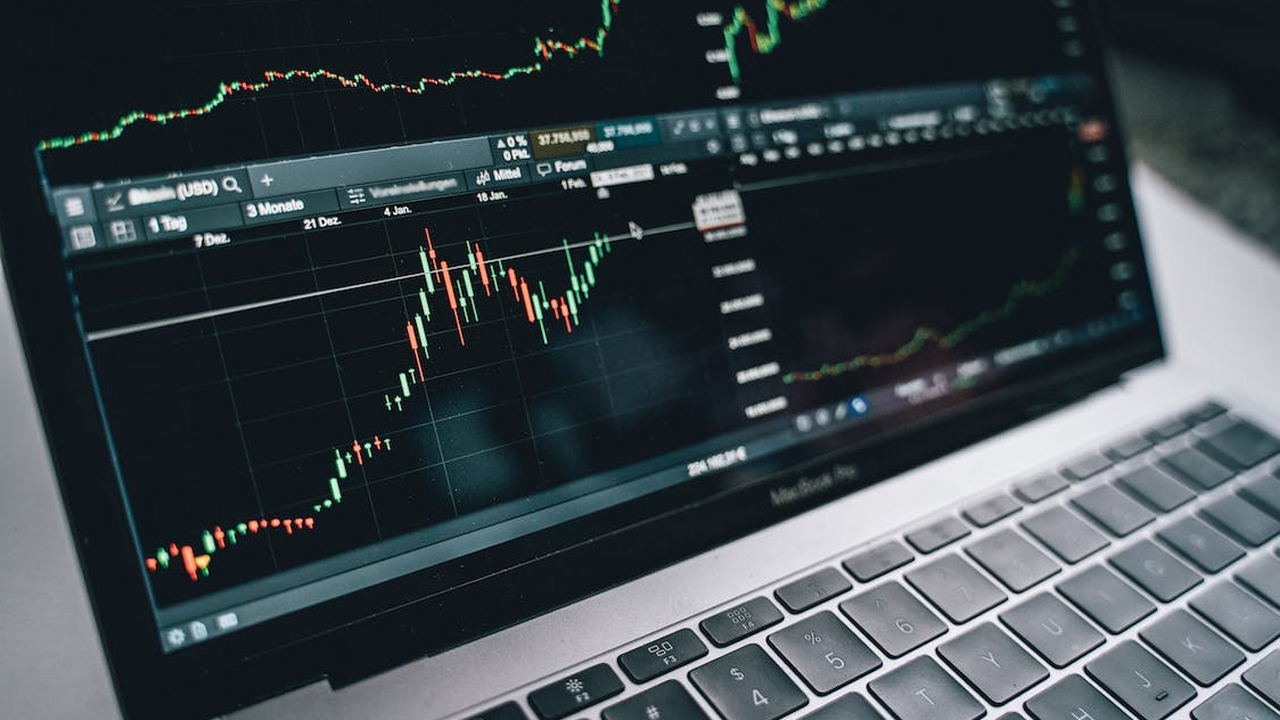GLOBAL MARKETS-Stocks and bonds take heart from Powell; commodities strong
"On Powell, markets generally did gain some reassurance from what he said, even though there was nothing really new," Philip Shaw, chief economist at Investec, said. "That helped, but really the big support to bonds yesterday was the non-manufacturing ISM that showed the headline index much lower than expected, the prices paid index dropping to a four-year low, and the information on supply and delivery times also favourable from an inflation point of view," he said.

Global shares rallied on Thursday as U.S. rate cuts remained on the table even if their timing was unclear, while the yen slid against everything except the dollar and gold was pinned near record highs. There was also action in industrial commodities as oil traded at five-month highs and copper reached a 15-month peak, helping to lift shares in basic materials and energy companies.
Some of these gains were due to supply disruptions and geopolitical tensions, but they also reflect optimism about global growth given a recovery in recent factory surveys, particularly for China. Sentiment was aided by a reaffirmation from Federal Reserve Chair Jerome Powell that U.S. rates were still on course to be cut this year, though the timing was data dependent.
S&P 500 futures rose 0.3% and Nasdaq futures 0.4%, while in Europe, the STOXX 600 regional index was up 0.2%. Government bonds, which have witnessed some of their biggest daily selloffs in months this week, regained some stability on Thursday after a price rally the day before.
The case for easing was underpinned by a survey of the U.S. services sector that showed its index of prices paid fell to the lowest since March 2020, offsetting a worrying rise in the survey of manufacturing released early this week. "On Powell, markets generally did gain some reassurance from what he said, even though there was nothing really new," Philip Shaw, chief economist at Investec, said.
"That helped, but really the big support to bonds yesterday was the non-manufacturing ISM that showed the headline index much lower than expected, the prices paid index dropping to a four-year low, and the information on supply and delivery times also favourable from an inflation point of view," he said. PAYROLLS IN SIGHT
The Institute for Supply Management (ISM) survey outweighed a surprisingly strong ADP report, which showed private sector jobs rose 184,000. While this series has a patchy correlation to the official payrolls report due on Friday, it was strong enough for Goldman Sachs to revise up its forecast for payrolls by 25,000 to a solid 240,000.
Such an outcome would top the median forecast of 200,000 and could lead markets to again pare the chance of a June rate cut. Fed fund futures have already lowered the chance of a June move to 62% from 74% a month ago.
Yet the bigger shift has been in how fast and far rates are expected to fall, with roughly 73 basis points priced in for this year compared to more than 140 basis points in January. Investors have also taken 100 basis points of easing out of 2025, so that rates are now seen ending next year around 4% rather than 3%.
That sea change has left Treasuries under water, with 10-year yields hitting a four-month high of 4.429% on Wednesday before easing back a little to 4.357% currently. As investors have reeled in their bets on how quickly the Fed might cut rates this year, the dollar has risen across the board, mostly at the expense of the yen, which is around its weakest in nearly 35 years.
The risk of Japanese intervention kept the dollar at 151.69 yen, shy of the 152.00 barrier. Other currencies were not so inhibited, and the yen fell sharply elsewhere. The euro was up 0.4% at 164.70, around its highest in 16 years, as was the Canadian dollar, while the pound was not far from its highest in nine years.
Gold reached a fresh record at $2,304 an ounce. The price has climbed 13% since the start of February, driven in part by buying from momentum funds and commodity trading advisors (CTAs). Meanwhile oil prices were around their highest in five months, supported by flaring geopolitical tensions and the threat of a disruption to supply if the Israel-Hamas war in Gaza spreads to include Iran.
Brent crude eased 0.1% to $89.26 a barrel, but remained in sight of Wednesday's five-month high at $89.99. Three-month copper futures were last up 1.1% on the day at $9,368 a ton, having hit their highest since January 2023.
(This story has not been edited by Devdiscourse staff and is auto-generated from a syndicated feed.)
ALSO READ
U.S. Faces Challenges in Reinstalling Gaza Aid Pier Amid Rough Seas
U.S. and South Korea Strengthen Nuclear Deterrence Against North Korea
The U.S. Soccer Coach Search: Is Jurgen Klopp the Answer?
Currency Volatility: Tokyo's Possible Intervention to Stabilize Yen Amid U.S. Inflation Report
Yen Wavers Amid U.S. Inflation Data and Speculation of Tokyo Intervention










